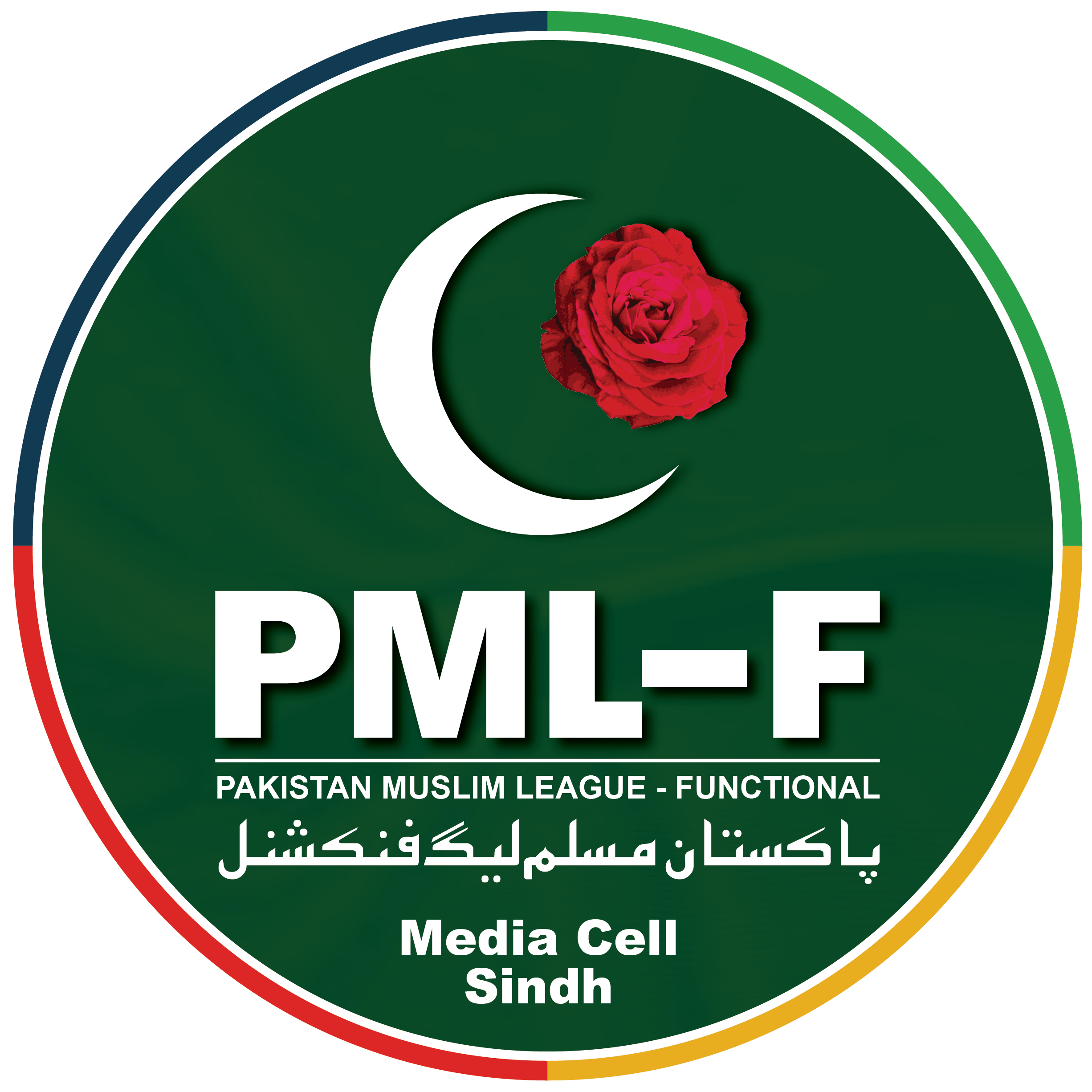History Of PMLF
Introduction
The title “Pir Pagara” holds deep spiritual and political significance in the province of Sindh, Pakistan. Pir Pagara is the head of the Hur Jamaat, a Sufi Muslim community, which is not only one of the largest religious sects in the region but also one of the most politically influential. The Pir Pagara dynasty has a storied history that dates back to the 19th century, with the role of the Pir being a blend of spiritual leadership and political power. Historically, the Hur Jamaat has been a symbol of resistance against oppression, most notably against the British colonial government. Over time, the leadership has played a dual role in guiding the spiritual lives of their followers while also navigating the political landscape of first British India and later, Pakistan.
The Hur Jamaat, meaning “free men,” initially focused on spiritual teachings but evolved into a formidable anti-colonial force under the leadership of the Pir Pagara during British rule. The Hurs became known for their disciplined militancy, which distinguished them from other Sufi orders that primarily focused on spiritual matters. The Pir Pagara’s control over this group gave the leadership immense power, both in religious matters and in military campaigns.
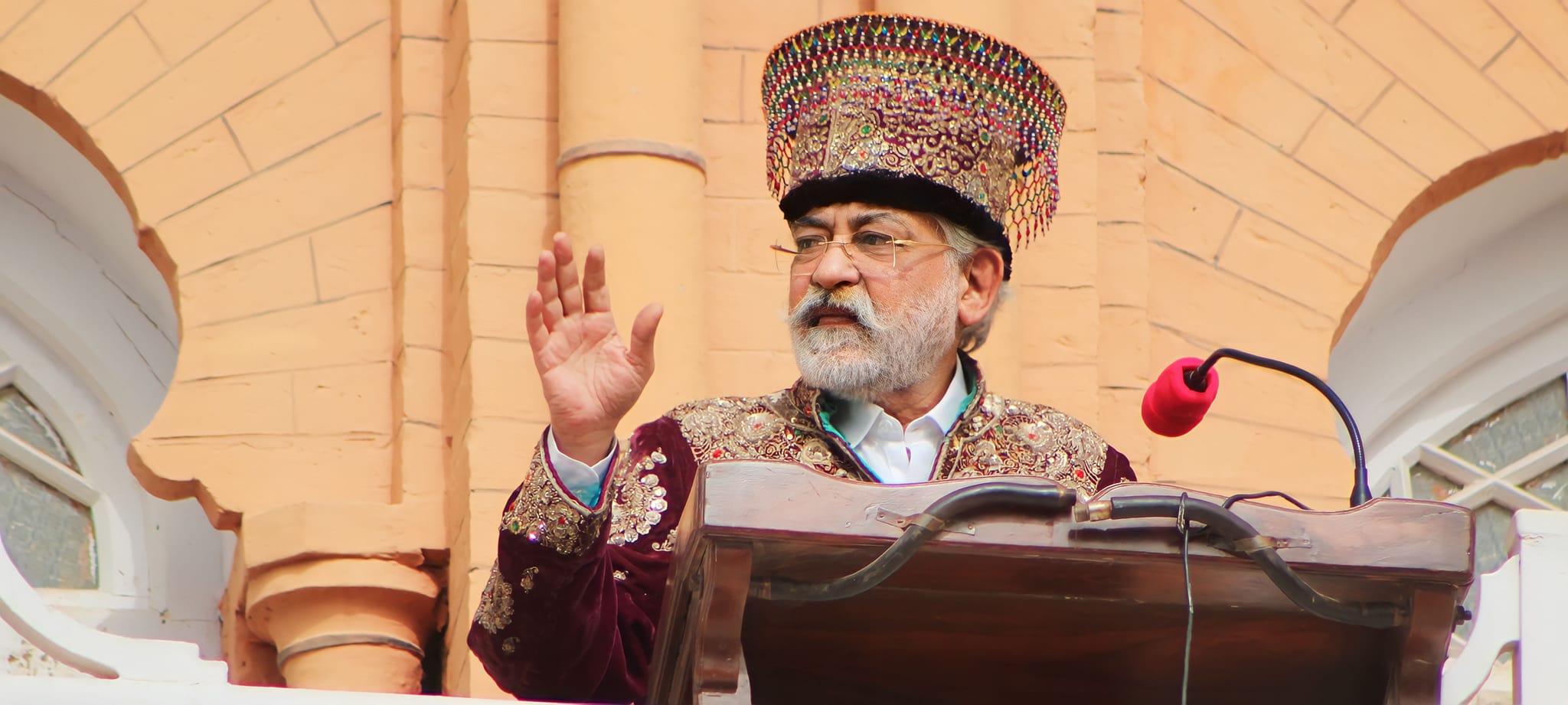
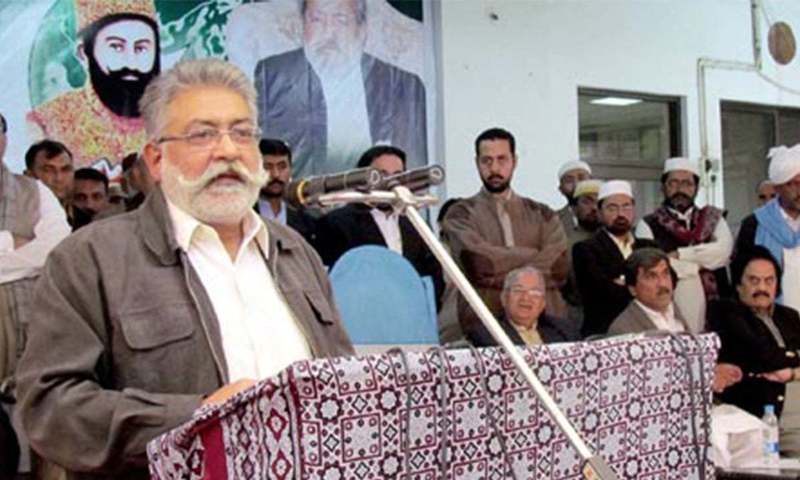
The Origins of the Pir Pagara Lineage
The Hurs, under the Pir Pagara’s leadership, began to organize resistance against the growing influence of the British administration. This resistance was grounded in both religious and political motivations, as the Hurs saw colonialism as not only a political threat but also a threat to their way of life and religious practices. The British, recognizing the power that the Pir Pagara wielded, sought to suppress the Hur movement early on. However, the spiritual and temporal authority of the Pir made it difficult for the colonial powers to entirely subdue the Hurs, setting the stage for future conflict.
Pir Sibghatullah Shah II (Soorah Badshah) and the Hur Rebellion
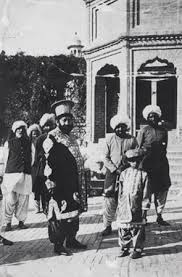
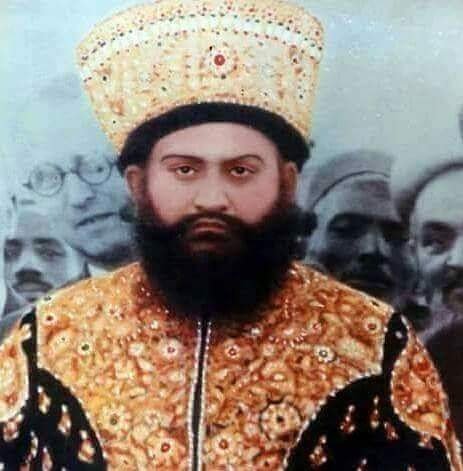
Soorah Badshah declared that his followers were no longer subject to British law and instructed them to resist any British attempts to control the region. This declaration set off a series of armed confrontations between the Hurs and the British colonial forces. The Hurs, trained in guerrilla warfare and deeply loyal to their spiritual leader, were able to hold off British forces for several years.
Soorah Badshah declared that his followers were no longer subject to British law and instructed them to resist any British attempts to control the region. This declaration set off a series of armed confrontations between the Hurs and the British colonial forces. The Hurs, trained in guerrilla warfare and deeply loyal to their spiritual leader, were able to hold off British forces for several years.

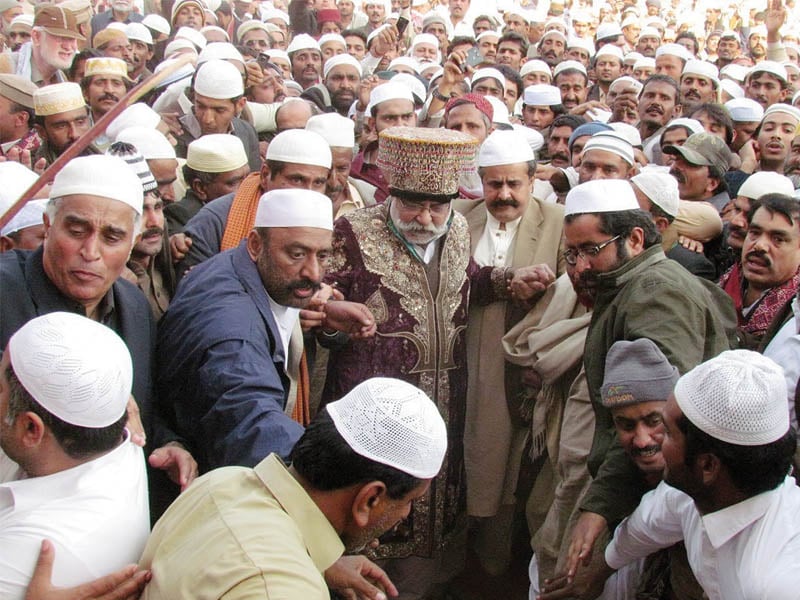
Post-Independence Politics and Pir Sibghatullah Shah III (Pir Pagara VI)
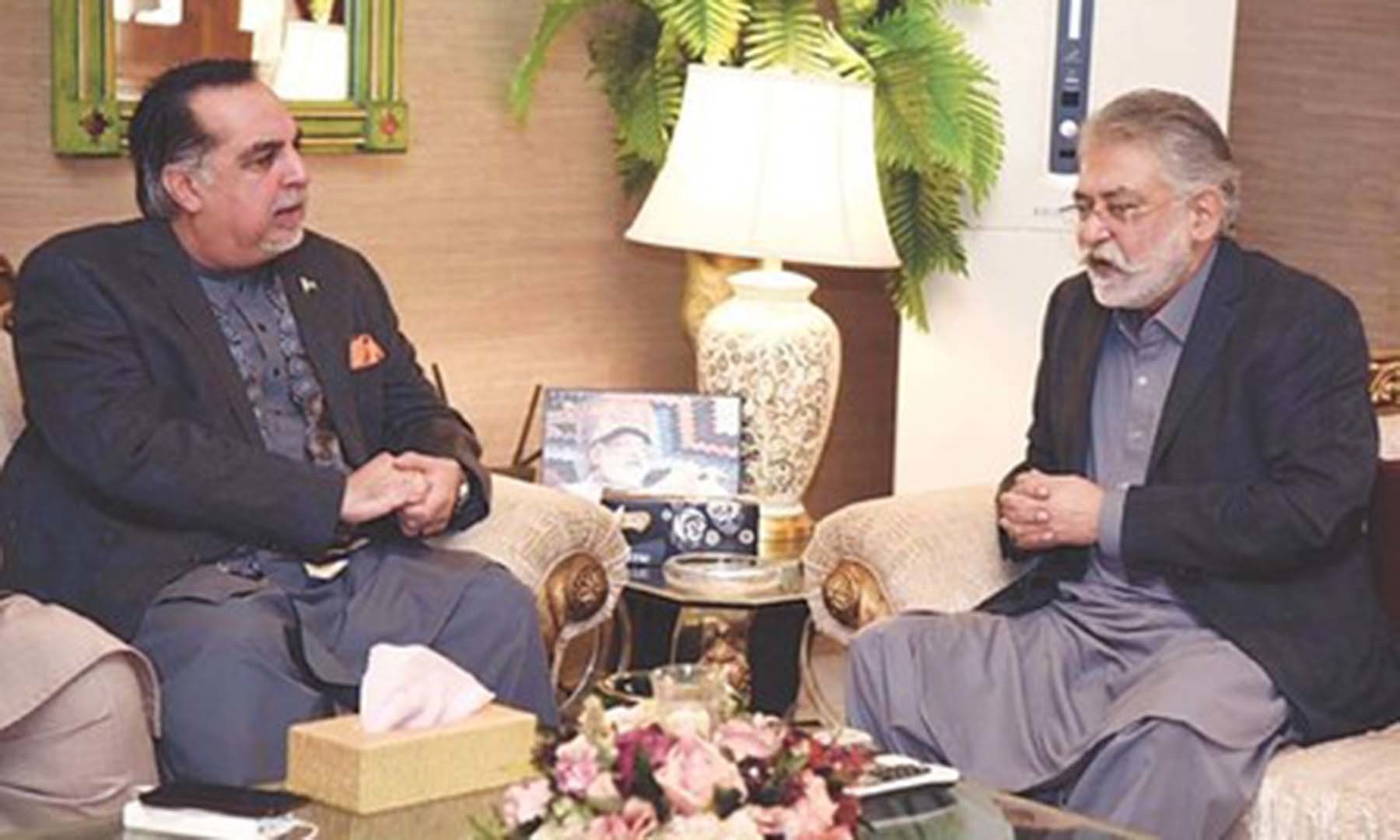
Throughout his life, Pir Pagara VI maintained a strong sense of patriotism and nationalistic pride. He was a vocal advocate for the construction of large infrastructure projects, such as the Kalabagh Dam, which he believed would ensure Pakistan’s long-term prosperity by addressing water and energy shortages. His support for these initiatives often placed him at odds with other political factions in Sindh, particularly the Pakistan People’s Party (PPP), which opposed the dam’s construction. In summary, the post-independence era saw Pir Pagara VI navigate the complex political landscape of Pakistan. His leadership of the Hur Jamaat, his alignment with the military, and his political activities within the PML-F made him one of the most powerful figures in Sindh. The Hur community, under his guidance, continued to play a crucial role in Pakistan’s national security and regional politics.
Pir Pagara VII (Shah Mardan Shah II) and Zia-ul-Haq’s Era
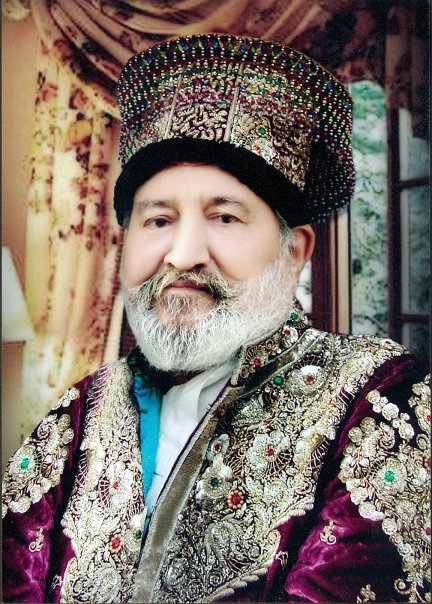
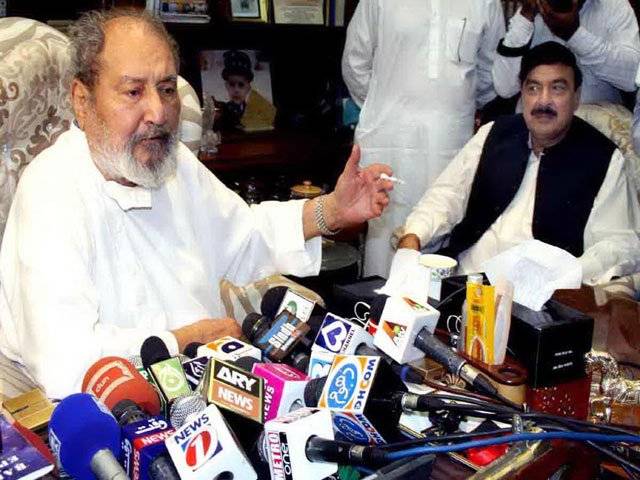
Zia, recognizing Pir Pagara’s considerable support base in Sindh, sought his collaboration. This partnership was further solidified when Pir Pagara’s ally, Mohammad Khan Junejo, was appointed as the Prime Minister of Pakistan under Zia’s regime. This period marked the peak of Pir Pagara VII’s political power, as he had a direct hand in shaping the country’s governance. Pir Pagara VII’s ability to maintain political relevance during Zia’s rule was a testament to his adaptability and influence. While his predictions about national politics were not always accurate, they were widely followed, adding to his aura as a political sage. He used his influence to advocate for various policies, including greater autonomy for Sindh and increased military presence in the province to counter any threats from India.
Zia, recognizing Pir Pagara’s considerable support base in Sindh, sought his collaboration. This partnership was further solidified when Pir Pagara’s ally, Mohammad Khan Junejo, was appointed as the Prime Minister of Pakistan under Zia’s regime. This period marked the peak of Pir Pagara VII’s political power, as he had a direct hand in shaping the country’s governance. Pir Pagara VII’s ability to maintain political relevance during Zia’s rule was a testament to his adaptability and influence. While his predictions about national politics were not always accurate, they were widely followed, adding to his aura as a political sage. He used his influence to advocate for various policies, including greater autonomy for Sindh and increased military presence in the province to counter any threats from India.

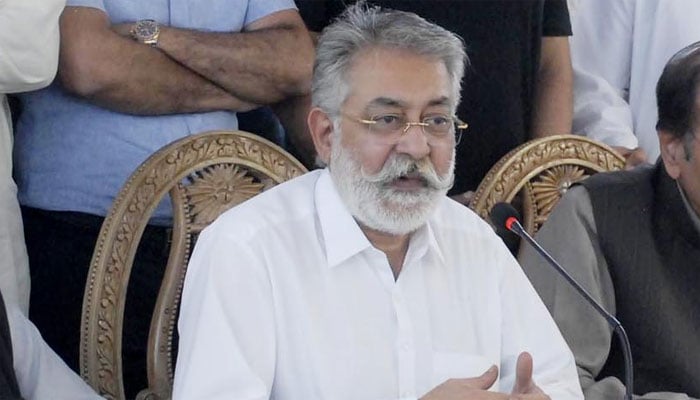
Pir Pagara VIII and the Modern Era
Political Influence in Sindh
These alliances have allowed the PML-F to maintain its relevance in Sindh’s political landscape, even as national politics have shifted dramatically since the early 2000. In addition to his role in provincial politics, Pir Pagara VIII has been a consistent advocate for the development of Sindh, particularly in areas such as education, healthcare, and infrastructure. His leadership has seen an increased focus on the construction of schools and hospitals in rural areas, benefiting not only the Hur Jamaat but also the wider Sindhi population. This approach aligns with the historical role of the Pir Pagara family as both spiritual leaders and providers of social services to their followers.
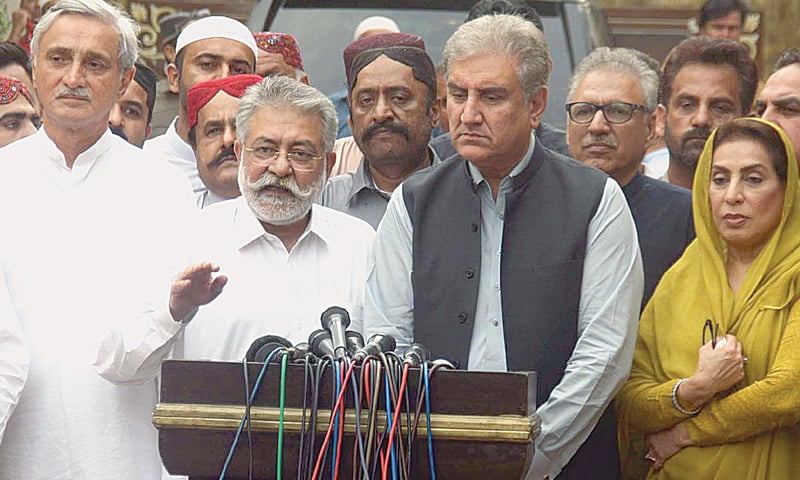
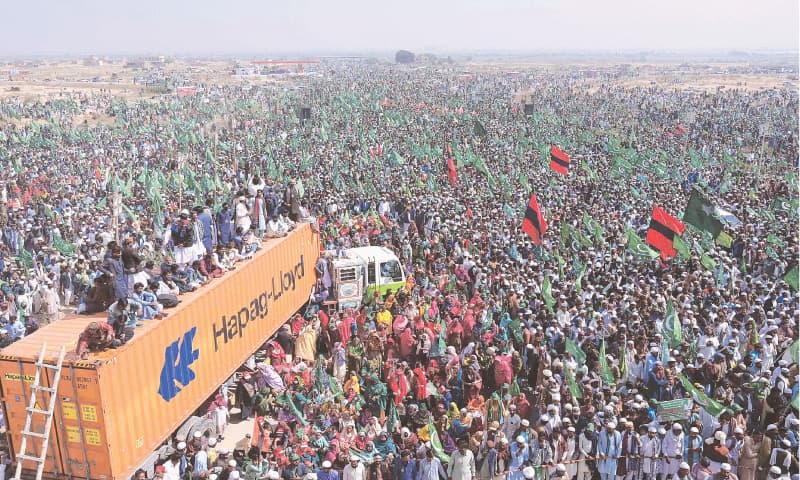
The Hur Jamaat’s Role in the Modern Era
In recent years, the Hurs have continued to be an important force in maintaining peace and stability in rural Sindh, where their presence is often seen as a deterrent to criminal activity and political unrest. Despite the modernization efforts led by Pir Pagara VIII, the Hur Jamaat remains deeply rooted in tradition. The Pir’s word is considered final, and the community adheres strictly to the principles set forth by its leaders. This loyalty ensures that the Pir Pagara’s influence remains unchallenged in many parts of Sindh, where the Hur Jamaat commands immense respect and power.
Political Alliances and Future Prospects


The Socio-Political Influence of the Hur Jamaat
Conclusion

